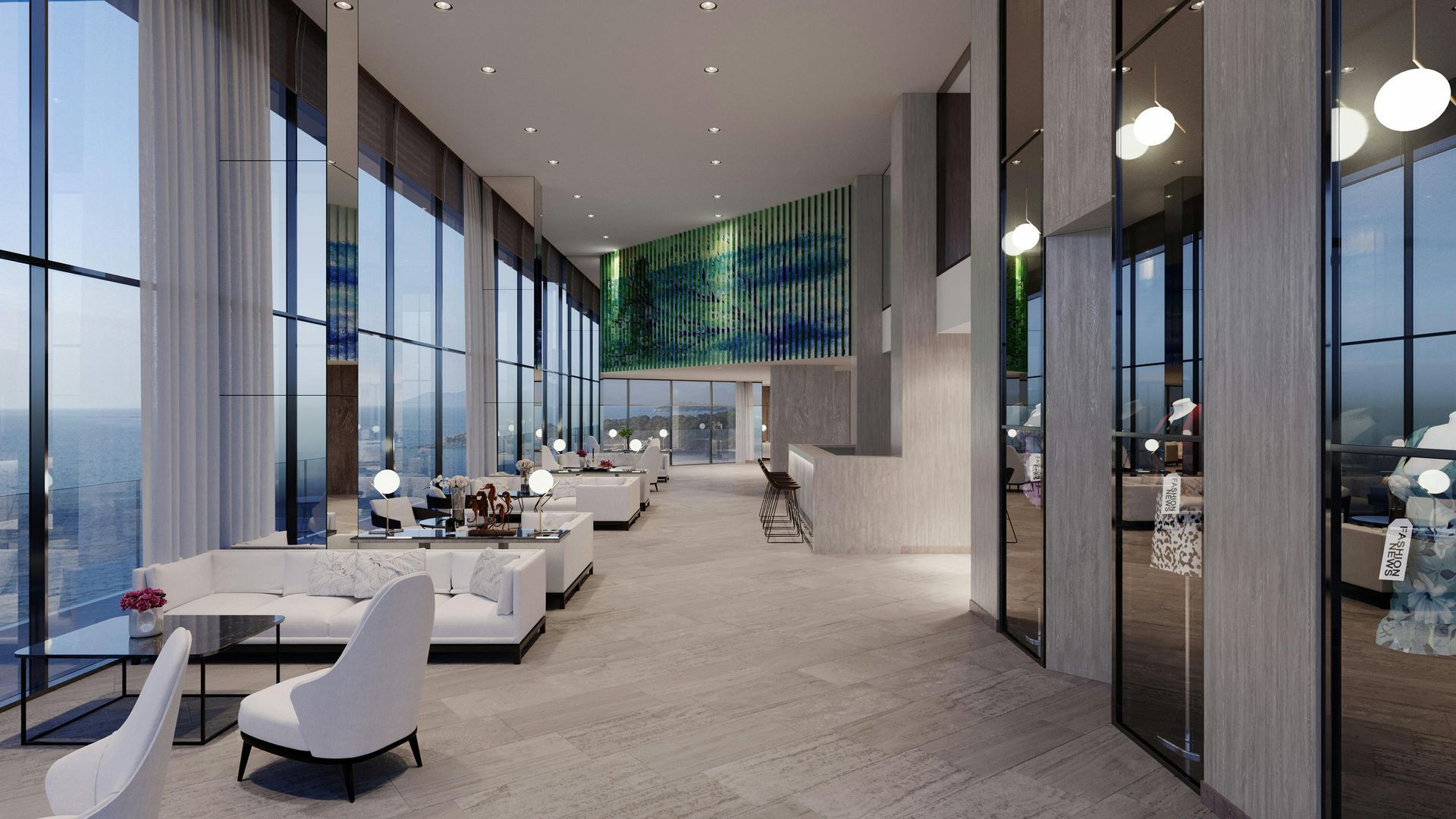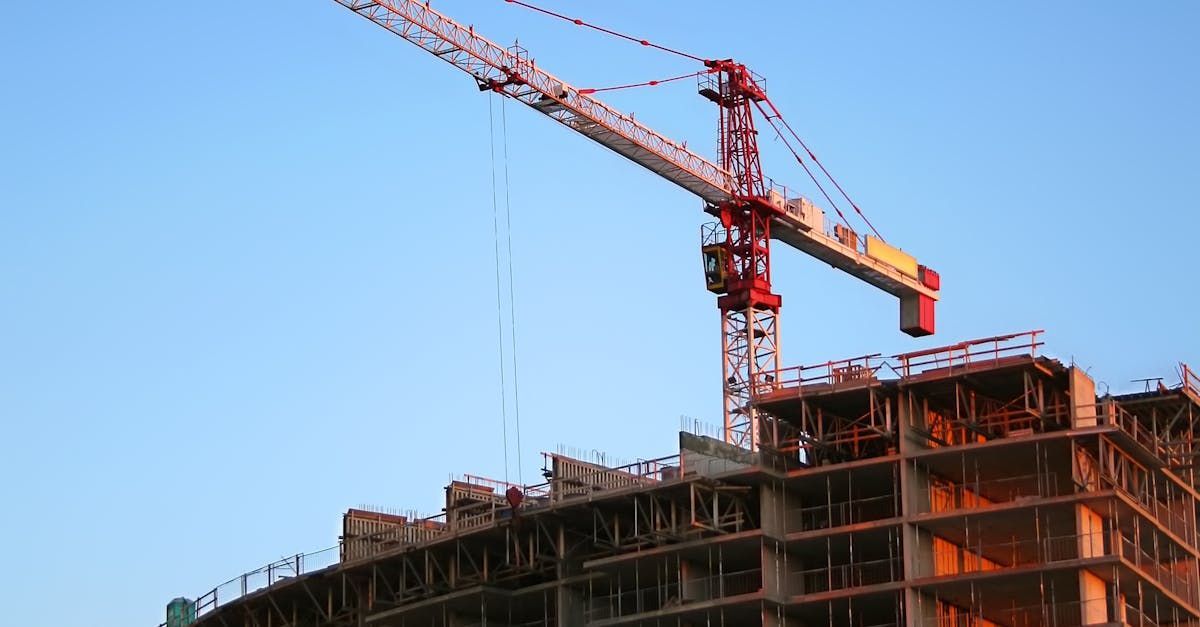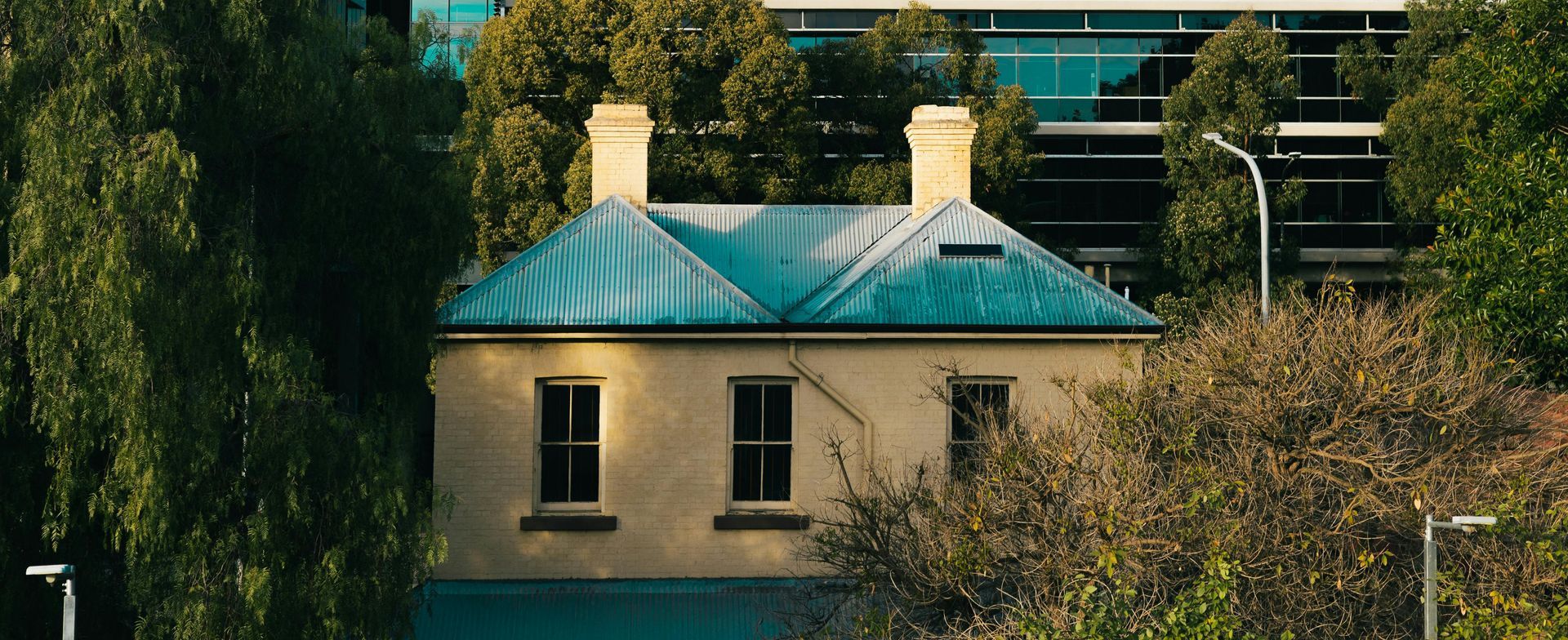How Much Does It Cost to Build a House in Australia?
Building a new home is an exciting yet complex endeavour, and one of the first questions many Australians ask is, how much does it cost to construct a house? In this comprehensive guide, we’ll delve into the various factors that determine how much does it cost to build a house in Australia, exploring everything from per square metre rates in 2025 to detailed cost breakdowns based on house size. Whether you’re planning a modest 2-bedroom project or a luxurious multi-storey residence, understanding the costs involved is crucial for budgeting effectively.
Understanding the Cost of Building a House in Australia
When considering how much it costs to build a house, several key factors come into play. The overall expenditure isn’t just about materials and labour; it also involves a host of other variables that can significantly affect your final budget.
Factors That Influence House Construction Costs
Location and Land Price Variations:
Land costs vary widely across Australia. For instance, the cost to build a house in Sydney tends to be higher due to premium land values, while regional areas may offer more affordable options.
Size and Layout of the House:
The larger the house, the higher the cost. The design, including the number of bedrooms and overall layout, directly impacts the construction cost. Custom designs with open-plan living areas, additional bathrooms, and extra features will typically cost more.
Quality of Materials and Finishes:
From bricks and concrete to high-end fixtures and fittings, the choice of materials plays a pivotal role. Premium finishes and energy-efficient installations can drive up costs, but they often offer long-term savings on utility bills.
Labour and Construction Costs:
Labour charges in Australia are subject to market conditions and availability of skilled trades. Areas with high demand may experience higher labour costs, which can impact the overall cost of building a house.
Council Approvals and Permits:
Securing the necessary permits and meeting council requirements can add to your expenses. Delays in approvals or additional requirements from local councils, especially in urban areas like Sydney, can affect timelines and costs.
Unexpected Costs and Delays:
It’s important to factor in a buffer for unforeseen issues such as supply chain disruptions or delays due to adverse weather conditions. This contingency is crucial when assessing how much does it cost to build a house in any market.
House Construction Costs in Australia (Per Square Metre in 2025)
In 2025, the average cost to build a house in Australia is often measured in cost per square metre. Here’s a quick breakdown:
Low-End vs. Mid-Range vs. Luxury Builds
- Low-End Builds: Typically range from $1,200 to $1,500…. per square metre. These projects often use standard materials and simpler designs.
- Mid-Range Builds: Cost between $1,500 to $2,500…. per square metre, offering a balance between quality and cost.
- Luxury Builds: Can exceed $2,500 per square metre due to high-end materials, complex designs, and premium finishes.
Custom vs. Project Homes – What’s the Cost Difference?
Custom-designed homes usually incur higher costs due to bespoke architectural features and unique finishes, while project homes are built from standard plans and tend to be more cost-effective. This variation plays a significant role in determining how much it costs to construct a house based on your specific requirements.
Cost Breakdown Based on House Size
The size of your home is one of the most straightforward factors in determining overall costs. Below is an indicative cost breakdown for various house sizes across Australia:
Cost to Build a 2-Bedroom House
A smaller home, ideal for couples or small families, typically falls in the lower range of construction costs. Expect to pay around $250,000 to $350,000…+ depending on location and finish.
Cost to Build a 3-Bedroom House
A standard 3-bedroom home is popular among families. The cost usually ranges from $350,000 to $500,000….+, influenced by design choices and the quality of materials.
Cost to Build a 4-Bedroom House
For larger families, a 4-bedroom home might cost between $500,000 and $750,000….+, offering additional living space and potentially a second storey.
Cost to Build a 5-Bedroom House
Luxury and spacious living are typical of 5-bedroom homes, with costs often exceeding $750,000…., especially in premium markets like Sydney.
Cost of Adding a Second Storey – Is It Worth It?
Adding a second storey can significantly increase your home’s value and space. However, it comes with extra costs, typically adding an additional 20% to 30% to the overall budget. This investment is a critical consideration for anyone inquiring about the cost of building a house with extended living space.
Additional Costs Beyond Construction
When budgeting for your new home, it’s important to consider expenses that extend beyond the basic construction process:
Site Preparation and Land Clearing
Before construction begins, the land often requires preparation. Costs can include clearing, excavation, and levelling. These initial steps can add $10,000 to $50,000 depending on site conditions.
Utility Connections (Water, Gas, and Electricity)
Connecting your home to essential services can vary in cost based on location and distance from existing infrastructure. These costs are usually factored into the overall budget but can sometimes be overlooked.
Landscaping and Outdoor Features
The external appearance of your property, including driveways, gardens, and patios, will add to the final tally. Quality landscaping can also boost the property’s market value.
Interior Design, Appliances, and Fittings
Furnishings, appliances, and custom interior designs add a personal touch to your home, though they may also increase the cost substantially. A well-thought-out interior design plan can help manage these expenses.
Building vs. Buying – Which Is More Cost-Effective?
One of the perennial debates in Australia is whether it’s cheaper to build or buy a house.
Pros and Cons of Building a New Home
Pros:
- Customisation: Tailor the design to your specific needs and preferences.
- Modern Features: Incorporate energy-efficient technologies and modern amenities.
- Long-Term Savings: Potentially lower maintenance costs with new construction.
Cons:
- Time: Building a home can take significantly longer than purchasing an existing one.
- Risk of Cost Overruns: Unforeseen issues can drive up the budget.
- Stress: Managing a construction project can be complex and time-consuming.
Comparing Construction Costs vs. Market Prices
In many cases, especially in high-demand areas like Sydney, the cost to build a house in Sydney may exceed the market price of an existing property. However, building a new home allows you to control the design and quality, which can be beneficial in the long run.
Tips to Reduce House Construction Costs Without Compromising Quality
Reducing costs while maintaining quality is a common goal for many homeowners. Here are some practical tips:
Smart Material Choices for Cost Savings
Consider using cost-effective yet durable materials. For example, opting for high-quality but affordable composite cladding over premium timber can save money without sacrificing appearance.
Choosing the Right Builder for Budget and Quality
Engage with reputable builders who offer transparent pricing and quality workmanship. A trusted builder, such as Shafbuild, can help you navigate the process and avoid unnecessary expenses.
The Role of Prefabricated and Modular Homes
Prefabricated or modular construction techniques can significantly reduce both time and costs. These methods are gaining popularity in Australia due to their efficiency and cost-effectiveness.
Do You Need a Contingency Budget? How Much Is Enough?
A contingency budget is a critical component of any construction project. It ensures that unexpected expenses do not derail your project.
How to Plan for Unexpected Expenses
It is recommended to allocate an additional 10% to 20% of your overall budget as a contingency. This buffer covers potential delays, design changes, or unforeseen site issues.
Typical Percentage of Contingency Budget in Australia
In most Australian construction projects, a contingency fund of around 15% is considered prudent. This ensures that you have sufficient reserves to handle surprises without compromising the quality of your build.
Final Thoughts - Planning Your House Construction Budget Wisely
Understanding how much it costs to construct a house in Australia requires a holistic view of many interdependent factors from land prices and material quality to labour costs and unexpected delays. By breaking down the costs per square metre, assessing different house sizes, and factoring in additional expenses like site preparation and utility connections, you can develop a realistic and effective budget. Whether you’re curious about the cost to build a house in Sydney or planning your project for 2025, a well-structured budget combined with strategic cost-saving measures can help you achieve your dream home without compromising on quality.
At Shafbuild, we believe that thorough planning and expert advice are the keys to success. By understanding the comprehensive house construction costs and making informed decisions, you’ll be well on your way to building a home that meets your expectations and stands the test of time. Happy building!









